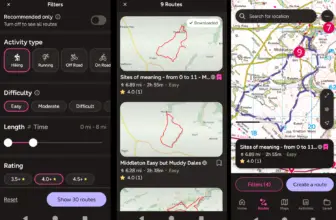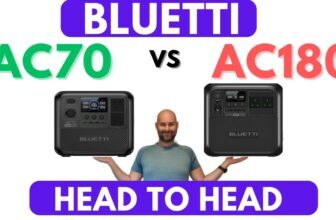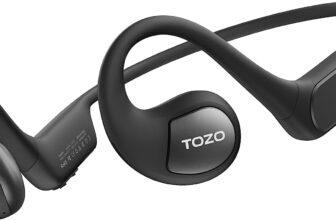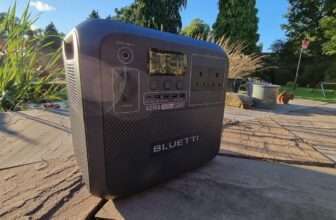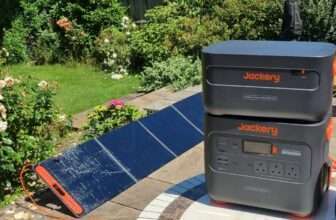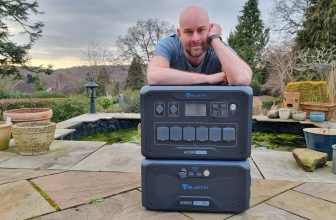Bluetti AC180 vs AC70 Power Stations: Which One Should You Choose?
The Bluetti AC180 and the AC70 are both great power stations, but which one of them will suit your specific needs? Let’s dig into it!
What we like about the Bluetti AC180: High output power; Versatile ports; Fast recharging; Robust build; SMart control features.
What we like about the Bluetti AC70: Lightweight design; Affordable pricing; Portable size; Reliable performance; User-friendly interface
I’m excited to dive into a detailed comparison of two impressive power stations: the Bluetti AC180 and the Bluetti AC70. As someone who has extensively used both units—the AC180 for over a year now (see our in depth Bluetti AC180 review), and the AC70 for about six months — I feel well-equipped to discuss the pros and cons of each, their key features, and the scenarios where each excels.
Power stations have revolutionized the way we approach portable energy solutions, especially for outdoor enthusiasts like campers, hikers, and van-lifers. No longer are we tethered to the confines of traditional power sources. With a reliable power station, you can charge your devices, run small appliances, and even power essential equipment when you’re off the grid. Whether you’re embarking on a weekend camping trip or preparing for an extended journey into the wilderness, having a dependable power source is indispensable.
Bluetti, a leading brand in the portable power industry, has made significant strides with its range of power stations. Their products are highly rated for their durability, efficiency, and user-friendly design. They are also among the best-value power stations on the market. Among their popular models, the Bluetti AC180 and AC70 stand out due to their balance of performance and portability.
In this comprehensive guide, we’ll break down the specifications and features of both the AC180 and AC70. We’ll explore their storage capacities, output options, charging capabilities, and practical applications. Additionally, we’ll examine their build quality, portability, and overall value for money. By the end of this comparison, you should have a clear understanding of which power station best suits your needs and lifestyle.
Let’s dive into the specs, features, and ultimately, determine which Bluetti power station is the perfect match for you.
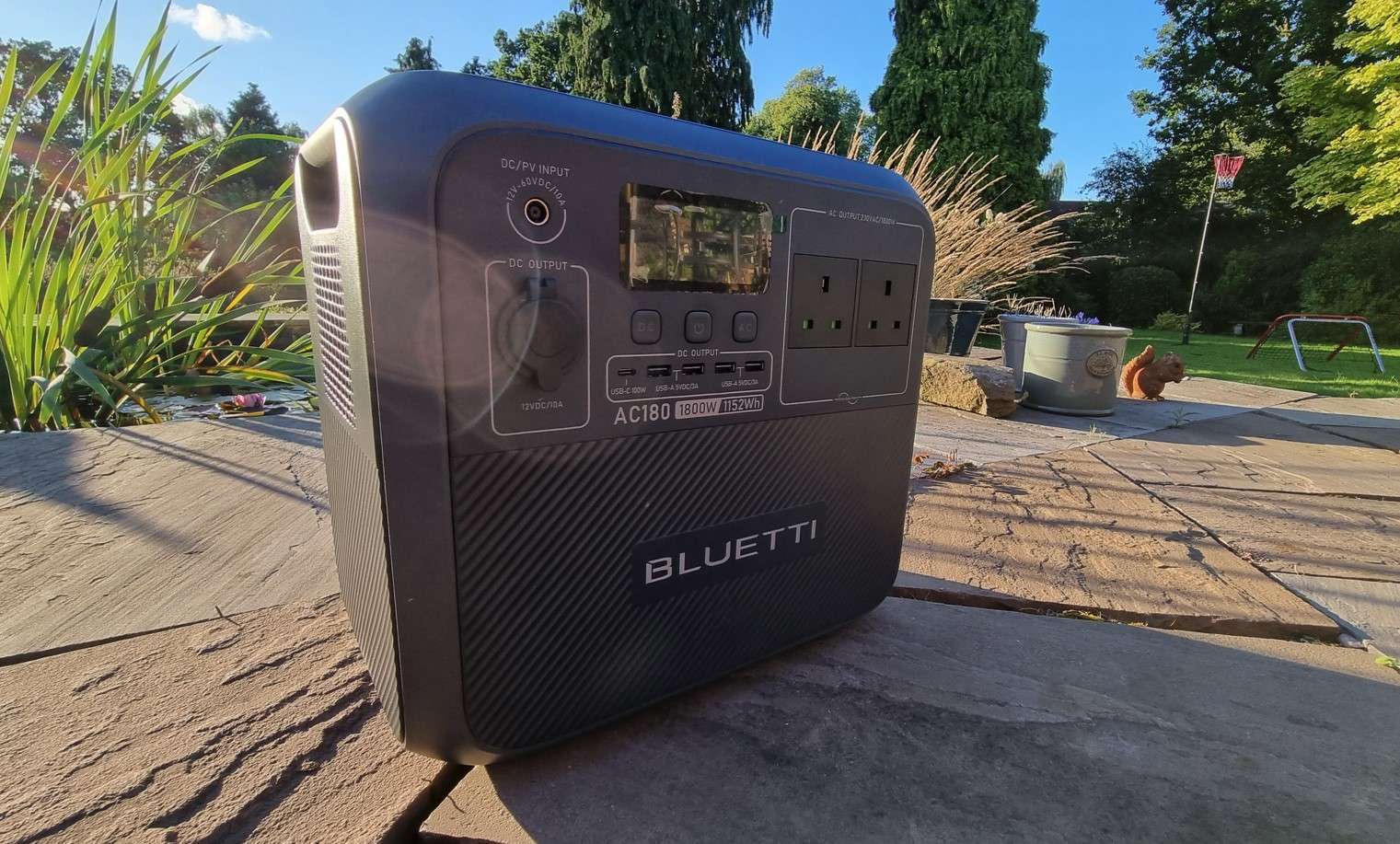
Contents
ToggleIntroduction to Power Stations
Before we delve into the comparison, let’s clarify what these power stations are. Essentially, they are portable devices packed with battery cells, specifically lithium iron phosphate (LiFePO4) cells. These cells store energy from various sources—mains electricity, solar panels, car batteries, or generators. The stored energy can then be used to power a wide range of devices through different outputs, including AC outlets, USB ports, and even wireless charging pads.
Key Specifications and Features of the Bluetti AC180 vs AC70
Weight and Dimensions
The size and weight of a power station are crucial factors, especially for portability. The Bluetti AC180 is a heftier unit, weighing around 16 kg, whereas the AC70 is comparatively lighter at 10 kg. The larger size of the AC180 allows it to house more battery cells, translating to greater storage capacity.
- AC180 Dimensions: 34 cm x 25 cm x 32 cm
- AC70 Dimensions: 31 cm x 21 cm x 26 cm
The AC180 features dual handles for easier lifting, while the AC70 has a single handle, making it more portable and convenient for on-the-go use.
Storage Capacity
Capacity is a critical aspect when choosing a power station. The AC180 boasts a capacity of 1,152 watt-hours (Wh), whereas the AC70 offers 768 Wh. This means the AC180 can store 50% more energy than the AC70. Practically, this translates to longer usage times for your devices when using the AC180.
For instance, if a device runs for one hour on the AC70, it should theoretically run for 1.5 hours on the AC180, considering the higher capacity.
Price
Price often correlates with capacity and features. As of now, the AC180 is priced at £699, while the AC70 costs £499 in the UK. The AC180 is about 50% more expensive, aligning with its 50% higher storage capacity. However, the AC180 offers additional features that might justify the extra cost for some users.

Bluetti AC70
Output Options
AC Outlets
Both power stations feature two AC outlets. However, there’s a regional difference in the number of outlets for the AC180. The UK version has two AC outlets, while the American version has four, reflecting the voltage differences between the regions. Despite the higher price, the UK version does not provide additional AC outlets compared to the AC70, which might be a drawback for some users.
USB Ports
The AC180 and AC70 also differ in their USB port configurations. The AC180 offers one 100W USB-C port and four USB-A ports. In contrast, the AC70 provides two 100W USB-C ports and two USB-A ports. Given the increasing prevalence of USB-C devices, the AC70’s configuration might be more appealing to users who frequently charge laptops, phones, and other USB-C devices.
Wireless Charging
One notable feature of the AC180 is its wireless charging pad, capable of delivering 15W. This is a unique and convenient feature not found on the AC70. Bluetti has incorporated this feature into several of its models, setting them apart from competitors like Jackery and EcoFlow, which typically do not include wireless charging.
Display
Both power stations have clear and informative displays, but the AC70 has a slight edge. It features a split display that shows AC and DC power separately, providing more detailed information. The AC180, on the other hand, combines the input and output power into a single figure. This might be simpler but offers less granularity compared to the AC70.

Charging and Input Power
Both the AC180 and AC70 can handle up to 500W of solar input, making them excellent companions for outdoor adventures. However, there are differences in their mains charging capabilities.
- AC180: Capable of turbocharging at over 1,100W from the mains
- AC70: Turbocharges at 900W
Despite the AC180’s higher input power, the charging times for both units are quite similar due to the larger capacity of the AC180. Both units can charge from 0 to 80% in about 45 minutes and reach full charge in just over an hour.
Noise Levels
Both power stations operate relatively quietly, with their fans only coming on intermittently. This is a significant advantage over some noisier competitors like the EcoFlow Delta, which can be quite loud under load.
Output Power
The AC180 has a higher continuous output power of 1,800W compared to the AC70’s 1,000W. This means the AC180 can power more demanding devices. Additionally, both units have a surge power capability:
- AC180: 2,400W
- AC70: 2,000W
Both models feature a power-lifting mode, allowing them to handle higher-power devices like kettles by adjusting the voltage. This means you can use a 3,000W kettle with the AC180 at 1,800W, though it will take longer to boil.
DC Output and Inputs
Both units include a standard 12V DC output. However, they differ in their solar and DC input connectors. The AC180 uses a standard jack socket, while the AC70 has switched to an XT60 connector, a more standardized option commonly used in solar setups. Both come with conversion cables to ensure compatibility with various solar panels.
Battery Technology
Both the AC180 and AC70 use lithium iron phosphate (LiFePO4) cells, known for their longevity and safety. Bluetti claims the AC180 can endure 3,000 cycles before its capacity drops to 80%, while the AC70 can handle 3,500 cycles. This slight difference is negligible in practical terms, as both units are built to last for many years.
Capacity Test
To verify the claimed capacities, I conducted a direct test by running identical heaters on both units from 100% to 0%. The AC180, with its larger capacity, should theoretically last 50% longer. In the test, the AC70 lasted for a specific duration, and the AC180 lasted approximately 50% longer, validating the theoretical expectation.
Conclusion
Both the Bluetti AC180 and AC70 are excellent power stations, each with its strengths. The AC180, with its higher capacity, additional features like wireless charging, and higher continuous output power, is ideal for users who need more power and versatility. Its slightly higher price is justified by these additional benefits.
On the other hand, the AC70, with its lighter weight, more portable design, and sufficient capacity for most users, offers great value for money. Its USB port configuration might be more suitable for those who use multiple USB-C devices.
Ultimately, the choice between the two depends on your specific needs. If you require more power and additional features and don’t mind the extra weight and cost, the AC180 is a fantastic option. However, if portability and cost are more critical, the AC70 is an excellent choice that won’t disappoint.
Frequently Asked Questions
Which model is better for camping?
The AC70 due to its compact size and light weight.
How do the prices compare?
The AC180 is more expensive; the AC70 is more budget-friendly.
What devices can each model power?
- AC180: Small electronics and larger appliances.
- AC70: Smaller devices.
How does portability compare?
The AC70 is more portable; the AC180 is bulkier but more powerful.
Are both models suitable for emergency backup power?
Yes, both are suitable, with the AC180 handling larger appliances better.
Can both models be used with solar panels?
Yes, both are compatible with solar panels.
Which offers better value for money?
- AC180: For higher power and capacity needs.
- AC70: For budget-friendly, portable solutions.





